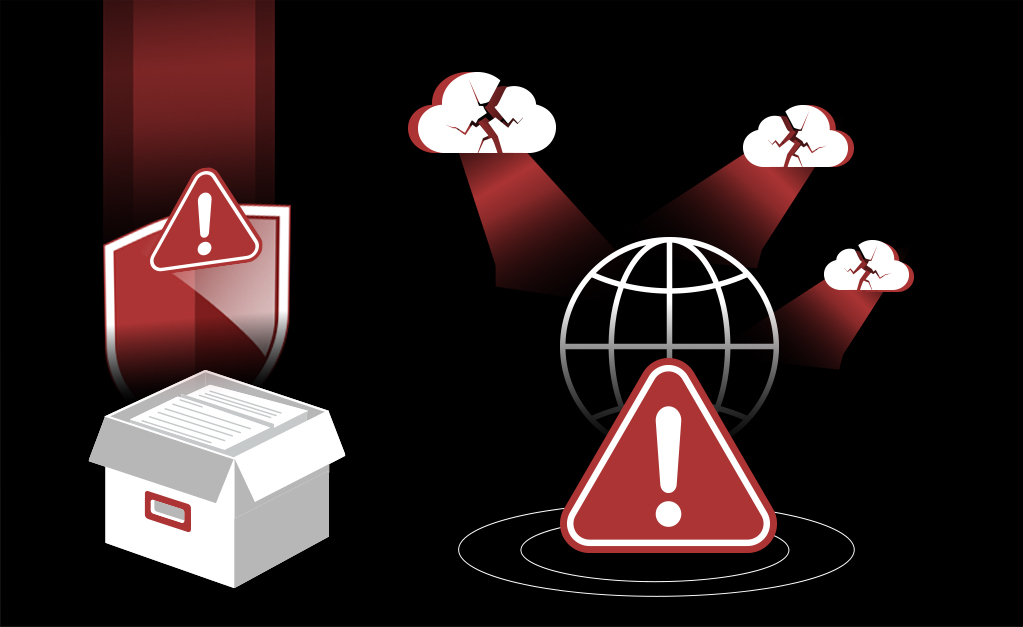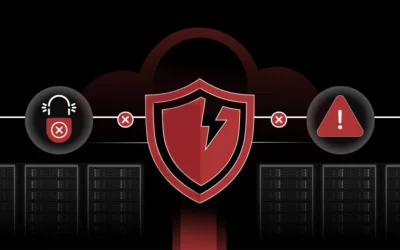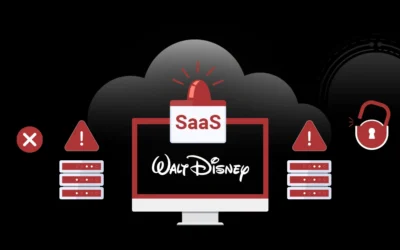Why DNS Is Becoming the Next Malware Delivery Channel

For decades, the Domain Name System (DNS) has quietly served as the backbone of the internet, translating user-friendly domain names into machine-readable IP addresses. It’s one of the most trusted components of digital infrastructure, so much so that DNS traffic often flows unchecked through enterprise networks. But as researchers recently discovered, attackers are now exploiting this blind trust by hiding malware within DNS itself.
A recent case involving the Joke Screenmate malware, uncovered by Domain Tools, showed how even prankware can leverage DNS records as a delivery mechanism. While that particular example was relatively harmless, it demonstrated a dangerous reality: DNS abuse is evolving into a covert malware distribution channel, and organizations can no longer afford to overlook it.
DNS: The Internet’s Silent Enabler
To understand the threat, it helps to revisit how DNS works. Often called the internet’s “address book,” DNS converts domain names into IP addresses so that users don’t have to memorize long strings of numbers. Each time you type a web address into your browser, a DNS query takes place in the background.
Because DNS is so fundamental, organizations tend to trust it implicitly. Few security teams inspect DNS queries beyond basic resolution, and traditional defenses rarely analyze DNS records in depth. This trust, while practical, has created a massive blind spot. And attackers are seizing the opportunity.
How Malware Hides in DNS
Researchers have observed a simple yet effective technique: breaking malicious code into tiny, encoded fragments and embedding them into DNS TXT records across multiple subdomains.
On their own, these fragments look like harmless bits of text. But when queried in sequence and stitched back together using a script, they reassemble into a fully functional malware payload. Because DNS traffic is usually whitelisted and considered safe, this process slips beneath the radar of most detection systems.
Case Study: Joke Screenmate
The discovery of Joke Screenmate illustrates the point. Originally designed as a prank, the malware generates fake system error messages and causes erratic cursor movement. While mostly annoying rather than destructive, Domain Tools researchers found it cleverly hidden within DNS TXT records.
More concerning, however, was the presence of a PowerShell stager alongside the prankware. This script had the potential to download and execute far more damaging payloads. In other words, the same technique that delivered a harmless prank could easily be used to stage ransomware, spyware, or other critical threats.
This case should serve as a warning: if prankware can live in DNS, so can weaponized malware.
Why DNS Abuse Is Dangerous for Enterprises
The implications of DNS-based malware delivery extend far beyond pranks. Enterprises face multiple risks:
- Undetected entry points: DNS queries rarely trigger alerts, giving attackers a stealthy channel for infiltration.
- Data exfiltration: Malicious actors can use DNS tunneling to siphon sensitive information out of networks.
- Command-and-control (C2): DNS can act as a resilient communication link between infected devices and attacker infrastructure.
- Malware staging: Attackers can distribute malicious payloads in fragments, making detection harder.
Perhaps most concerning is the ease of execution. This isn’t a highly sophisticated attack requiring nation-state resources. With a basic understanding of DNS and some scripting knowledge, attackers can replicate the technique. That makes it all the more likely we’ll see an uptick in DNS abuse in the months ahead.
Proactive DNS Security Is Essential
As DNS abuse grows, enterprises must strengthen defenses around this critical system. Some practical steps include:
- Monitor DNS traffic: Look for anomalies such as repeated or unusual TXT record queries.
- Inspect DNS records in depth: Analyze large or uncommon TXT entries that may hide encoded data.
- Leverage threat intelligence: Continuously update feeds of known malicious domains and subdomains.
- Treat DNS as a security layer: Recognize that DNS is more than infrastructure—it’s an attack surface.
While these practices provide a foundation, the reality is that traditional tools were never designed to handle DNS-specific threats at this scale. That’s where dedicated DNS posture management comes in.
Closing the DNS Security Gap with CheckRed DNSPM
CheckRed’s DNS Posture Management (DNSPM) solution is purpose-built to address the blind spots attackers are now exploiting. By offering comprehensive visibility, continuous monitoring, and actionable intelligence, DNSPM equips enterprises to stay ahead of DNS abuse.
Here’s how it helps:
- Unified visibility across providers: Gain a consolidated view of DNS records across AWS Route 53, Azure DNS, Google Cloud DNS, Cloudflare, GoDaddy, and more.
- Real-time misconfiguration detection: Monitor A, CNAME, MX, TXT, and other records for errors or anomalies that might expose vulnerabilities.
- Lookalike domain monitoring: Identify typo-squatted or impersonating domains before they can be used in phishing or brand abuse campaigns.
- Certificate posture & PQC monitoring: Ensure certificates are valid and correctly configured, while preparing DNS infrastructure for post-quantum cryptography needs.
- Drift detection & audit trails: Track who made DNS changes and when, creating a clear forensic and compliance record.
- Guided remediation & integration: Prioritized alerts with detailed workflows and integration into third-party tools make it easier for teams to act quickly.
In short, CheckRed DNSPM provides the visibility and control that traditional tools lack, enabling organizations to transform DNS from a blind spot into a managed, secure component of their security posture.
Conclusion
DNS has long been considered one of the most trusted pieces of the internet’s infrastructure. But as the discovery of malware hidden in DNS TXT records shows, that trust can no longer be taken for granted. Proactive monitoring, deep inspection, and posture management are now essential to defend against DNS-based attacks.
With CheckRed DNSPM, organizations can close this critical security gap, ensuring that the internet’s address book doesn’t become an attacker’s back door.


